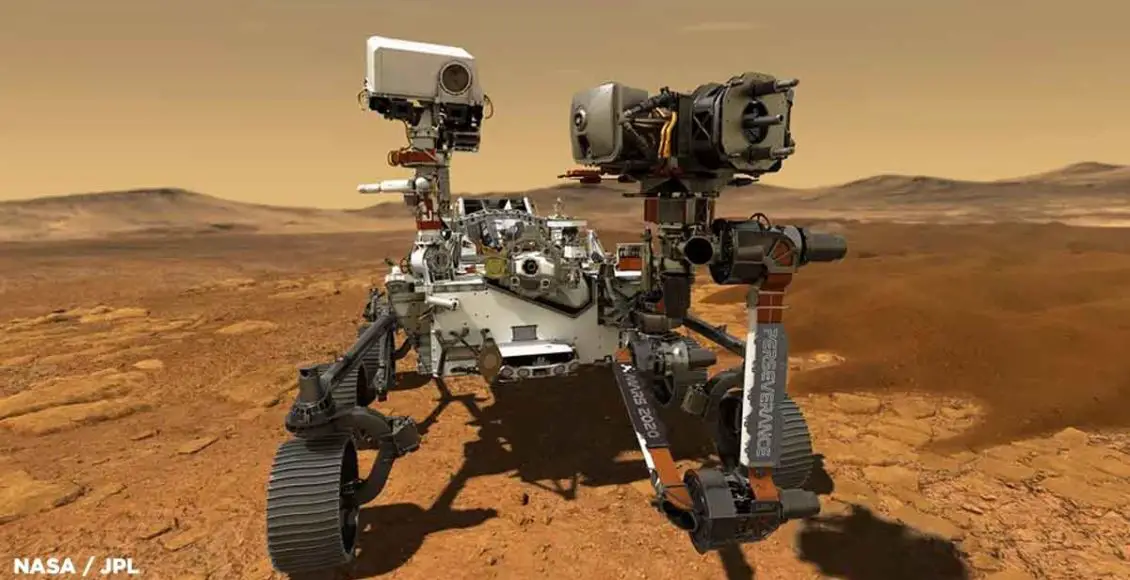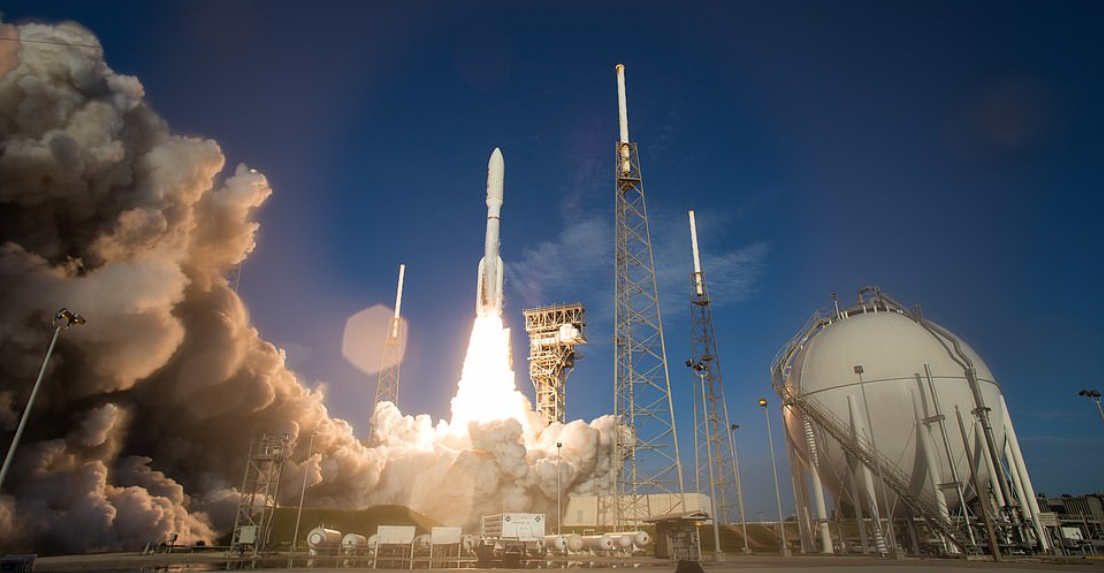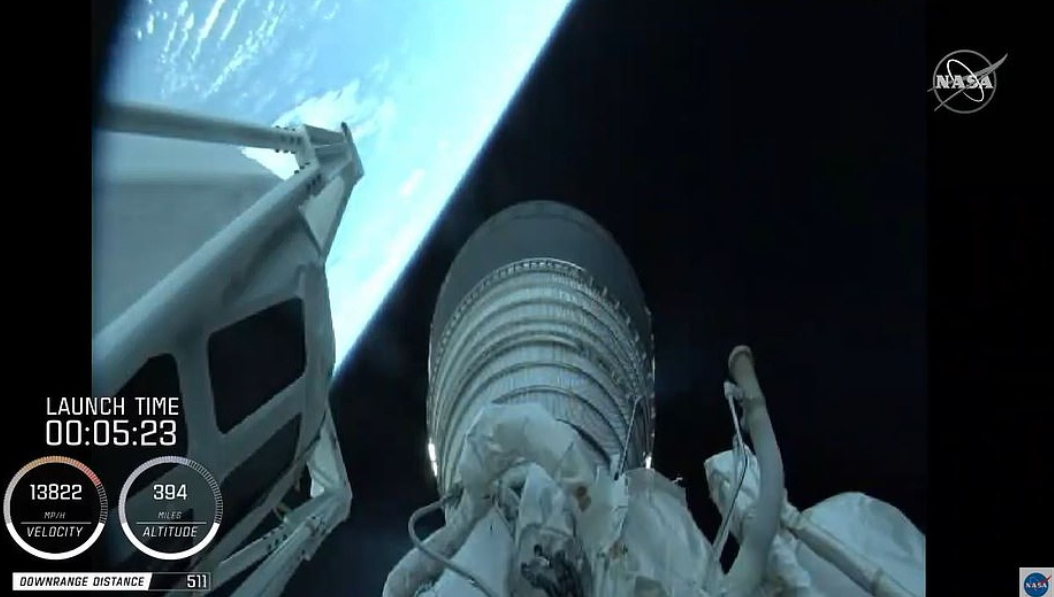Mars 2020: NASA re-enacts communication with Perseverance rover following a signal loss hours after launch

“All signs point to good health.”: NASA’s Perseverance rover went dark only hours after its launch. Luckily, officials soon re-established the connection.
The Preservance rover lost signal only a few hours after it set off from Earth on July 30, Daily Mail reports.

Image credits: Joel Kowsky/NASA
Although Matt Wallace, NASA’s deputy project manager for Perseverance, assured that the Perseverance’s signal is “extremely strong”, he pointed out it could be quite overwhelming for the “Deep Space Network’s sensitive receiver”.
NASA’s Mars 2020 mission went into a safe mode — a precautionary standy state — shortly after an on-target launch from Cape Canaveral this morning.
A project manager says the probe may have tripped a temperature limit while it flew through Earth’s shadow. https://t.co/VqbQURwMdH pic.twitter.com/235ZaTLbwy
— Spaceflight Now (@SpaceflightNow) July 30, 2020
About an hour after Perseverance sent an acquisition signal back to our planet, there was a connection loss due to unexpected cold temperatures in deep space. NASA officials stated:
“An interplanetary launch is fast-paced and dynamic, so a spacecraft is designed to put itself in safe mode if its onboard computer perceives conditions are not within its preset parameters.”

Image credits: NASA
“Everything is going according to plan.”
In a post-launch press conference, NASA Administrator Jim Bridenstein said even though there was a dark spot in the communication with the rover, things are going “according to plan”. Mr. Bridenstein explained:
“This is not unusual, everything is going according to plan. We do need to find tune our receiving stations on the ground to capture that receiving signal and lock on. But I think we are in great shape.”
Hello from space. 👋 I’m in communication with my team at @NASAJPL, who will keep me company for the long trip. #CountdownToMars pic.twitter.com/W8hKaHSqfU
— NASA's Perseverance Mars Rover (@NASAPersevere) July 30, 2020
Additionally, NASA reassures that the Mars 2020 mission “is completing a full health assessment on the spacecraft”. They claim the rover is working on returning the spacecraft to a “nominal configuration” for its expedition to Red Planet.
Perseverance rover is expected to land on Mars on February 18, 2021.
The rover’s mission is to look for signs of past life on the planet while exploring its geology. Calling the mission a “transformative science”, Mr. Wallace explains:
“For the first time, we’re looking for signs of life on another planet, and for the first time we’re going to collect samples that we hope will be part of the first sample return from another planet.”
I’m flying free now, having separated from the Centaur. That was quite a ride! Thank you, @ULAlaunch and @NASA_LSP. ⭐ #CountdownToMars
— NASA's Perseverance Mars Rover (@NASAPersevere) July 30, 2020
John McNamee, Mars 2020 project manager at JPL, adds:
“There is still a lot of road between us and Mars. About 290 million miles of them. But if there was ever a team that could make it happen, it is this one. We are going to Jezero Crater. We will see you there Feb. 18, 2021.”
The Jezero Crater was chosen for a landing spot due to past revolutionary findings astronomers discovered about Mars.
NASA’s Perseverance rover — ready for launch this morning at Cape Canaveral — will be the first mission to collect samples on Mars for return to Earth.
Deputy project manager Matt Wallace describes some of the mission’s other firsts.
— Space Curiosity (@spacecuriosity_) July 30, 2020
Initially, the mission was called ‘Mars 2020’, but after a contest involving children choosing its name, it was called ‘Perseverance’. NASA officials admit the new name has a deeper meaning, due to the ongoing COVID-19 pandemic on Earth.

Image credits: Joel Kowsky/NASA
The Perseverance mission is a significant part of a larger Moon to Mars exploration approach. It includes valuable missions to the Moon which will prepare us for a future human expedition of the Red planet.

